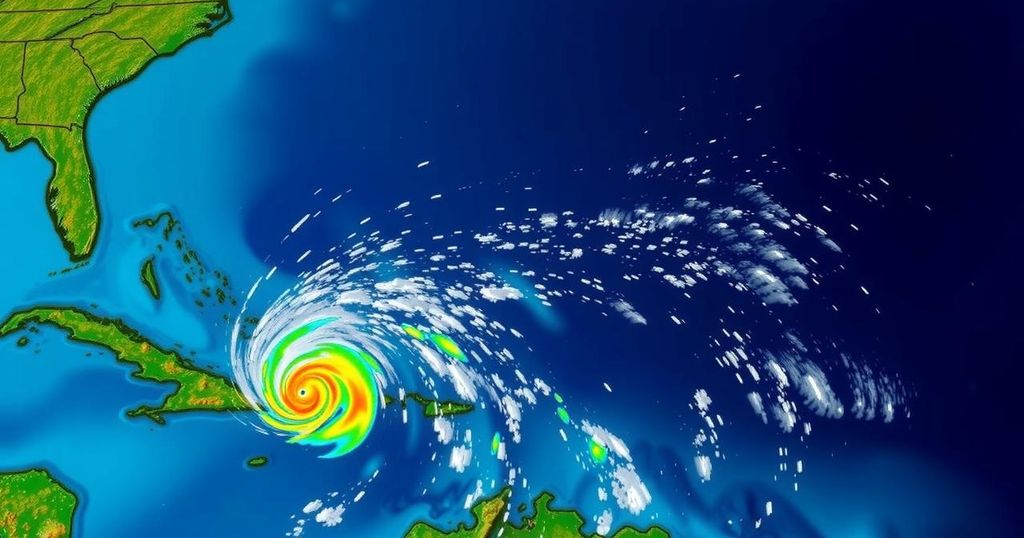Hurricane Season to Reawaken in Its Final Month

November marks the final month of the hurricane season, with ongoing monitoring of three tropical disturbances in the Atlantic, particularly one in the western Caribbean likely to develop into a tropical depression. Although the Gulf Coast may receive some atmospheric protection, this season has demonstrated higher-than-average storm activity, challenging typical patterns of decreased activity in November.
The Atlantic hurricane season, despite nearing its conclusion, still presents significant imminent threats with three tropical disturbances currently under observation. The National Hurricane Center has indicated a notable area of concern situated in the western Caribbean, which may evolve into a tropical depression by the weekend or early the following week. This development could potentially escalate into a tropical storm, named Patty, followed by Rafael and Sara. As the system progresses, its trajectory remains uncertain; however, indications suggest a possible drift toward the Gulf of Mexico. Associated with this disturbance are expectations of heavy rainfall and gusty winds affecting the western Caribbean, as well as portions of Central America and the Yucatán Peninsula in Mexico over the coming week. Conversely, the US Gulf Coast is expected to benefit from protective atmospheric conditions following several devastating hurricane impacts earlier this season. The introduction of disruptive upper-level winds in the Gulf region next week stands to dismantle any systems attempting to penetrate this area. With regards to the other two disturbances, their potential for development within the forthcoming week appears limited. A storm system that has already caused record rainfall in Puerto Rico and affects areas in the northeastern Caribbean also possesses a slight chance of organizing as it shifts westward, while another disturbance in the open Atlantic remains unlikely to pose any land threats. Traditionally, hurricane activity diminishes in November; however, this season has defied expectations, registering above-average occurrences of named storms and hurricanes. Already, five hurricanes have impacted the United States, despite a lull in activity during what typically constitutes the peak of the season. As such, November in the Atlantic basin may continue to exhibit active storm patterns, although the frequency of formations and land impacts during this month remains low.
The article pertains to the current status of the Atlantic hurricane season, which is transitioning into its final month, November. It highlights the ongoing monitoring of tropical disturbances in the region, particularly one in the western Caribbean likely to develop into a tropical depression. The implications of such developments for areas like the Gulf of Mexico and Central America are discussed. Furthermore, the article sheds light on the season’s overall activity trends, noting that despite common patterns of dwindling storm activity in November, this year’s statistics remain elevated above historical averages. It provides insights into factors influencing storm development, including sea temperatures, upper-level winds, and historical data from NOAA on storm patterns in November.
In summary, while the Atlantic hurricane season is nearing its official conclusion, several significant potential threats remain, particularly a developing system in the western Caribbean. Although November generally heralds a decline in tropical activity, this season has proven atypical, with an increased number of storms and hurricanes. The Gulf Coast regions are set to receive some protection from atmospheric conditions that may inhibit developing storms. The ongoing weather patterns should be closely monitored to mitigate potential impacts in the coming weeks.
Original Source: www.cnn.com








